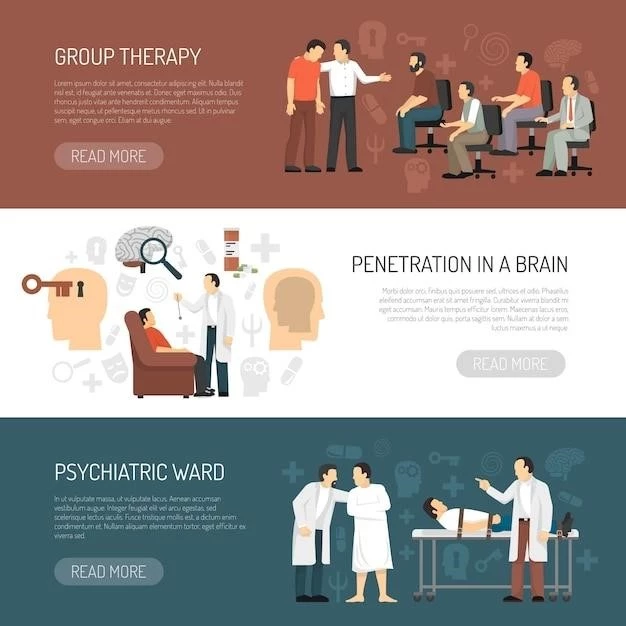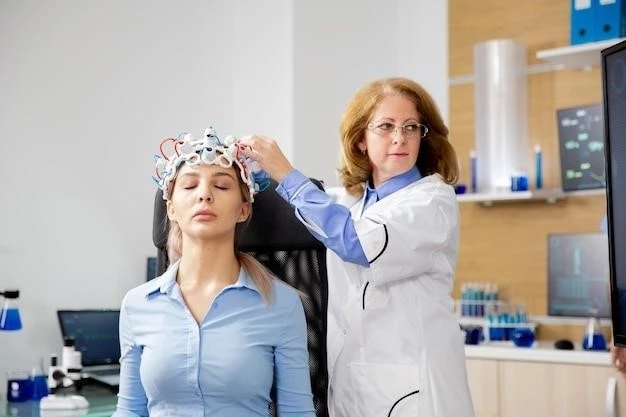Craniofacial Disorders and Treatments
Understanding Craniosynostosis
Craniosynostosis is a condition where the bones in an infant’s skull fuse together too early. This can lead to problems with skull growth and shape. Causes of craniosynostosis include genetic factors, metabolic disorders, and environmental influences.
Treatment options for craniosynostosis usually involve surgery to correct the premature fusing of the skull bones. The surgery aims to reshape the skull to allow the brain adequate space to grow. It is important to consult with a specialist to determine the most suitable treatment plan for your child.
Understanding the causes and treatment options for craniosynostosis is crucial in ensuring the best possible outcome for your child. Always seek advice from healthcare professionals experienced in treating craniofacial disorders to guide you through the process and address any concerns you may have.
Surgical Treatments for Craniosynostosis
Surgical procedures are often required to treat craniosynostosis. The main goal of surgery is to release the fused skull bones and reshape the skull to allow for normal brain growth. Surgeons specializing in craniofacial conditions will evaluate your child and recommend the most appropriate surgical approach.
There are different surgical techniques for treating craniosynostosis, such as endoscopic strip craniectomy, cranial vault remodeling, and fronto-orbital advancement. The specific procedure chosen will depend on factors like the type of craniosynostosis and the age of the child.

It’s essential to discuss the surgical options with your healthcare team thoroughly. They will provide detailed information about the procedure, potential risks, recovery process, and long-term outcomes. Surgery for craniosynostosis is delicate and requires a skilled medical team, so make sure to choose a specialized center with experience in treating this condition.
Cleft Lip⁚ Causes and Treatments
A cleft lip occurs when the tissue that forms the lip does not fully join during fetal development. This can be due to genetic factors, exposure to certain medications or chemicals during pregnancy, or environmental influences. It’s essential to understand the causes to better grasp the condition.
Treatments for cleft lip typically involve surgical repair to close the gap in the lip. The surgery aims to improve the function and appearance of the lip, allowing the child to eat, speak, and breathe more effectively. Early intervention and coordination with a multidisciplinary team are crucial for optimal outcomes.
Consulting with healthcare providers specializing in craniofacial conditions is essential for comprehensive evaluation and treatment planning. They will guide you through the options available, potential risks and benefits of surgery, and provide support for your child’s long-term care and development.
Managing Palate Disorders
Palate disorders, such as cleft palate, can impact a child’s ability to eat, speak, and breathe properly. Management of these disorders often involves a multidisciplinary approach, including surgical intervention, speech therapy, and dental care.
Surgical repair of cleft palate aims to close the gap in the roof of the mouth, allowing for improved function and reduced risk of complications. Children with palate disorders may also benefit from speech therapy to address any speech or language challenges that may arise.
It’s essential to work closely with a team of specialists experienced in treating palate disorders to develop a personalized care plan for your child. Regular follow-ups and monitoring are crucial to ensure optimal outcomes and address any issues that may arise during your child’s development.
Arthrogryposis⁚ Understanding the Condition
Arthrogryposis is a rare condition characterized by joint contractures present at birth, affecting a child’s range of motion. This condition can impact multiple joints and muscles, leading to mobility challenges. Understanding arthrogryposis is crucial to provide appropriate care and support.
Managing arthrogryposis often involves physical therapy to improve mobility and strengthen muscles. Physical therapists can develop individualized exercises to address specific joint limitations and enhance overall function. Consistent therapy sessions can help improve mobility and quality of life.
Families of children with arthrogryposis should collaborate with medical professionals experienced in treating the condition to create a comprehensive treatment plan. By staying informed, actively participating in therapy, and seeking support from specialists, you can help your child navigate challenges and achieve their fullest potential.
Physical Therapy for Arthrogryposis
Physical therapy plays a vital role in managing arthrogryposis by focusing on improving mobility, strength, and flexibility in affected joints and muscles. A well-designed physical therapy program can help enhance your child’s independence and quality of life.
Physical therapists experienced in treating arthrogryposis will create a personalized exercise regimen tailored to your child’s specific needs and challenges. These exercises aim to increase range of motion, reduce contractures, and improve overall motor skills.
Consistent and dedicated participation in physical therapy sessions is crucial for maximizing the benefits and progress. By actively engaging in therapy exercises at home and attending regular sessions, you can support your child’s physical development and functional abilities.
Speech Therapy for Cleft Palate
Speech therapy is an essential component of managing a cleft palate, as the condition can impact speech and language development. Speech therapists specializing in cleft palate can provide targeted interventions to improve communication skills and address speech challenges.
Therapeutic techniques may focus on enhancing speech clarity, articulation, and resonance. Through tailored exercises and strategies, speech therapists help individuals with cleft palate overcome speech difficulties and communicate effectively.
Consistent participation in speech therapy sessions is key to making progress. Encouraging regular practice of suggested exercises at home and attending therapy appointments as scheduled can significantly contribute to improving speech outcomes for individuals with cleft palate.
Genetic Factors in Cleft Lip and Palate
Genetic factors play a significant role in the development of cleft lip and palate. Research indicates that these conditions can be influenced by a combination of genetic predispositions and environmental factors during pregnancy;
Understanding the genetic components of cleft lip and palate can help identify potential risk factors and aid in early detection and intervention; Genetic counseling may be recommended for families with a history of these conditions to provide insights into inheritance patterns and recurrence risks.
Consulting with genetics specialists and healthcare providers experienced in craniofacial disorders is essential for comprehensive evaluation and guidance. By gaining knowledge about the genetic factors involved, families can make informed decisions and access appropriate support and resources for their child’s care.
